SHELDRICK WILDLIFE TRUST






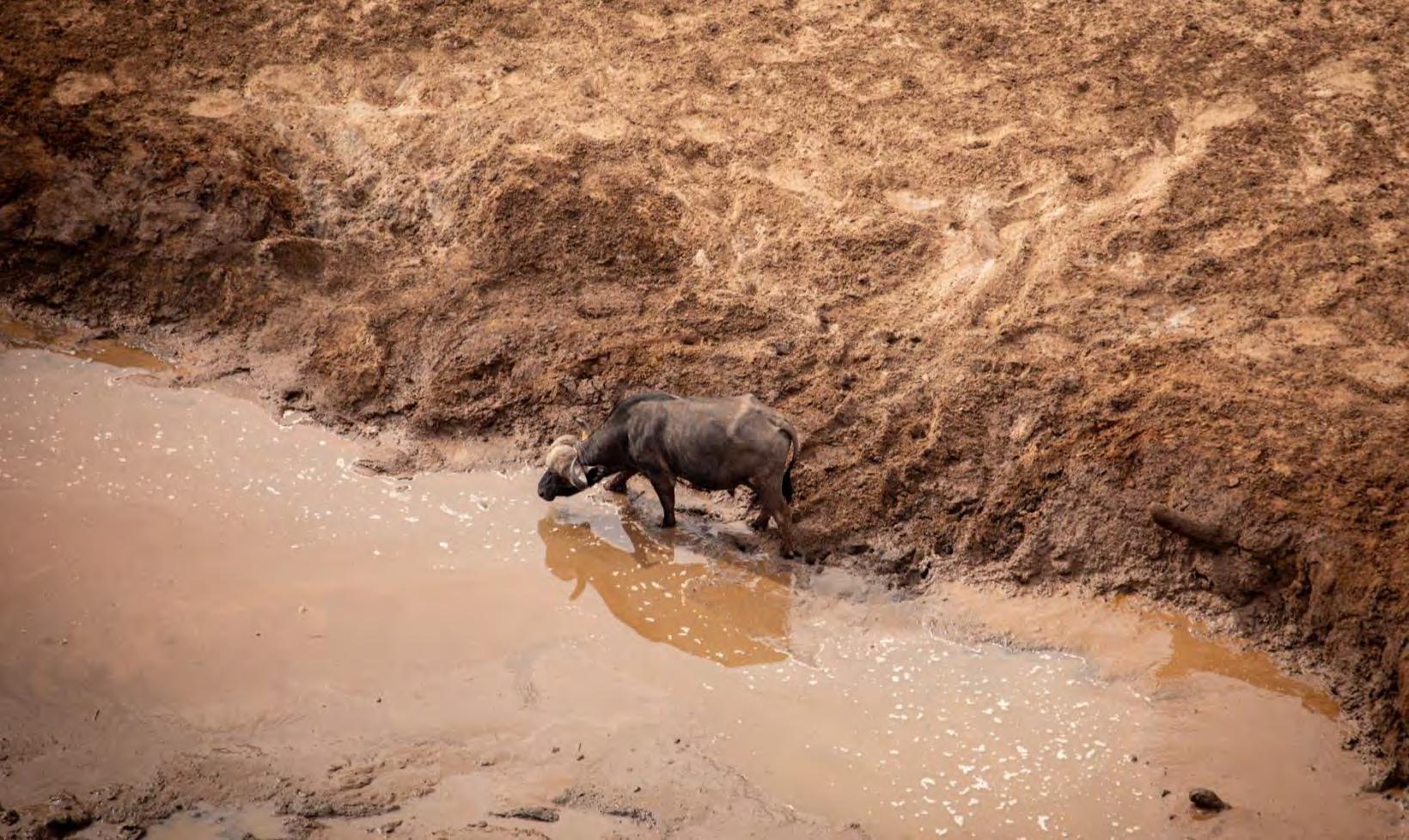
Orphaned elephant rescues kept the Aerial Unit busy throughout October. Seven orphaned/abandoned baby elephants were rescued with aerial assistance. In addition to this, two other searches were conducted for abandoned elephants that had been reported by tourists. On one occasion, two elephant calves were seen wandering alone but unfortunately the area was inaccessible and ground teams were not able to launch a rescue and on the other occasion, sadly the search was unsuccessful.
The majority of these cases are drought related. In many instances, the mothers are unable to produce milk and the calves have been forcefully ejected from their herds, left to fend for themselves. Often, the calves are simply too weak to keep up with the herds and are left behind. Many of these desperate calves are found in a collapsed state, unable to stand. When rescued they are administered with an I.V. drip prior to being transported to one of the SWT facilities.
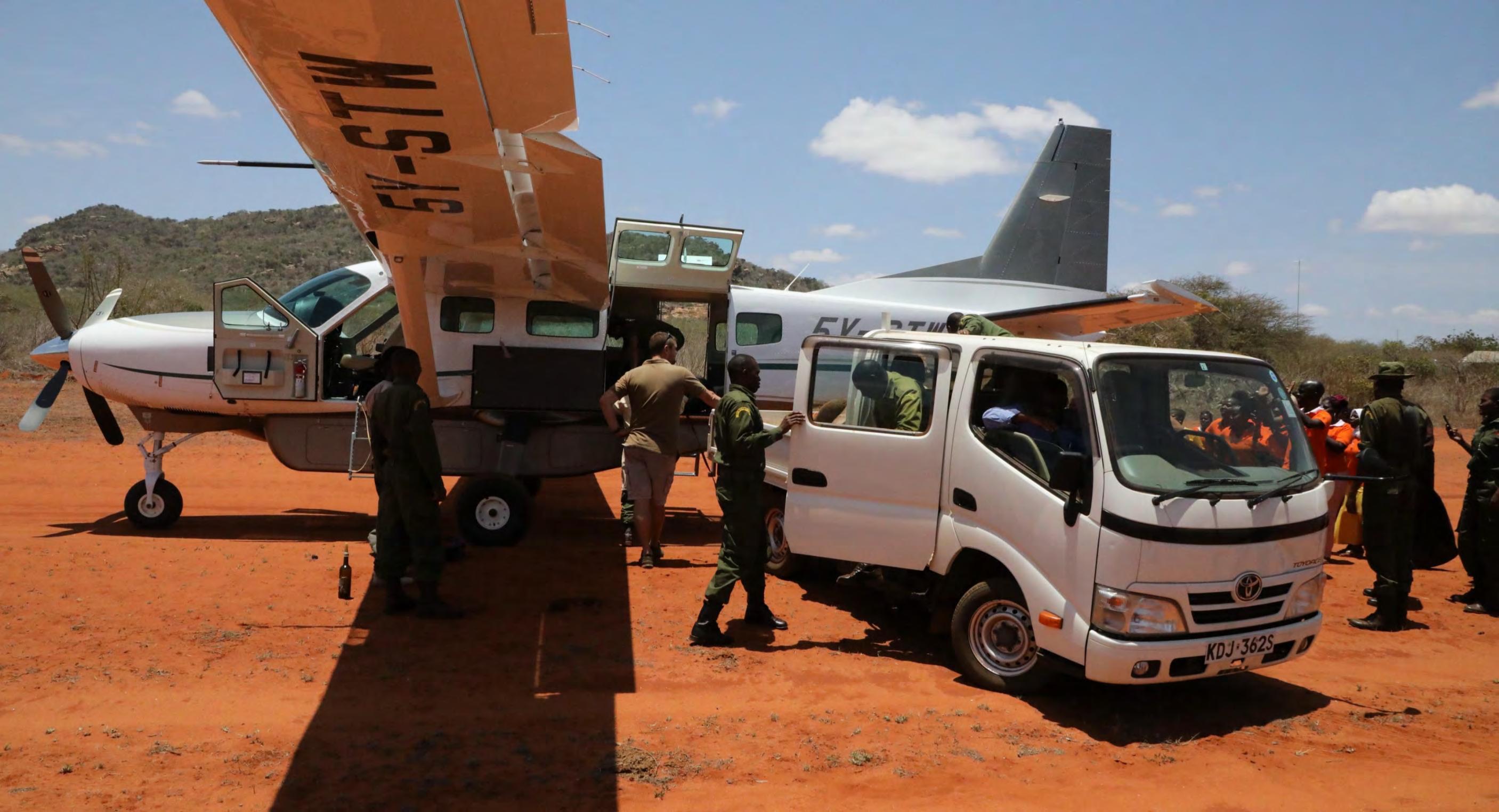


Given the difficult circumstances at the height of the drought, it is perhaps surprising that not more cases of Human Elephant Conflict were experienced in October. In fact, only four callouts occurred during the month. These were all attended to by the SWT helicopter and with the exception of a small number of individuals from larger groups, in each instance, the “problem” elephants were successfully pushed back into the protected areas and out of harm’s way.
Also surprising was that livestock incursions remained at relatively low numbers compared to previous years, especially in comparison to previous droughts. This is a testament to persistent aerial patrols, and the efforts of KWS rangers on the ground who have kept up the pressure on the herders.
Something which remained unchanged from previous years, however, was the frequency and volume of fires in the Chyulu Hills National Park. This area is plagued by bushfires on an annual basis. For the most part, these fires are typically set by herders seeking to improve grazing for livestock, but this year many of the fires were also set by poachers and/or miraa (khat) harvesters. Sadly, this meant that a huge amount of effort and resources were expended in an effort to fight the fires. SWT’s support came in the form of fixed wing aircraft providing aerial coverage for ground teams as well as other aerial assets, and helicopters fitted with Bambi buckets making water drops. The Chyulu Hills REDD+ Project also supported efforts by contracting an Air Tractor, operated by Farmland Aviation, which also made targeted water drops. The worst of the fires, which carried on for several days, burned more than 10,000 acres.
There was a small amount of logging activity recorded in Tsavo East, particularly in the north, as well as on KARI Ranch, adjacent to CHNP. Logging for charcoal was recorded on Galana Ranch, where the Trust has only recently begun operations.


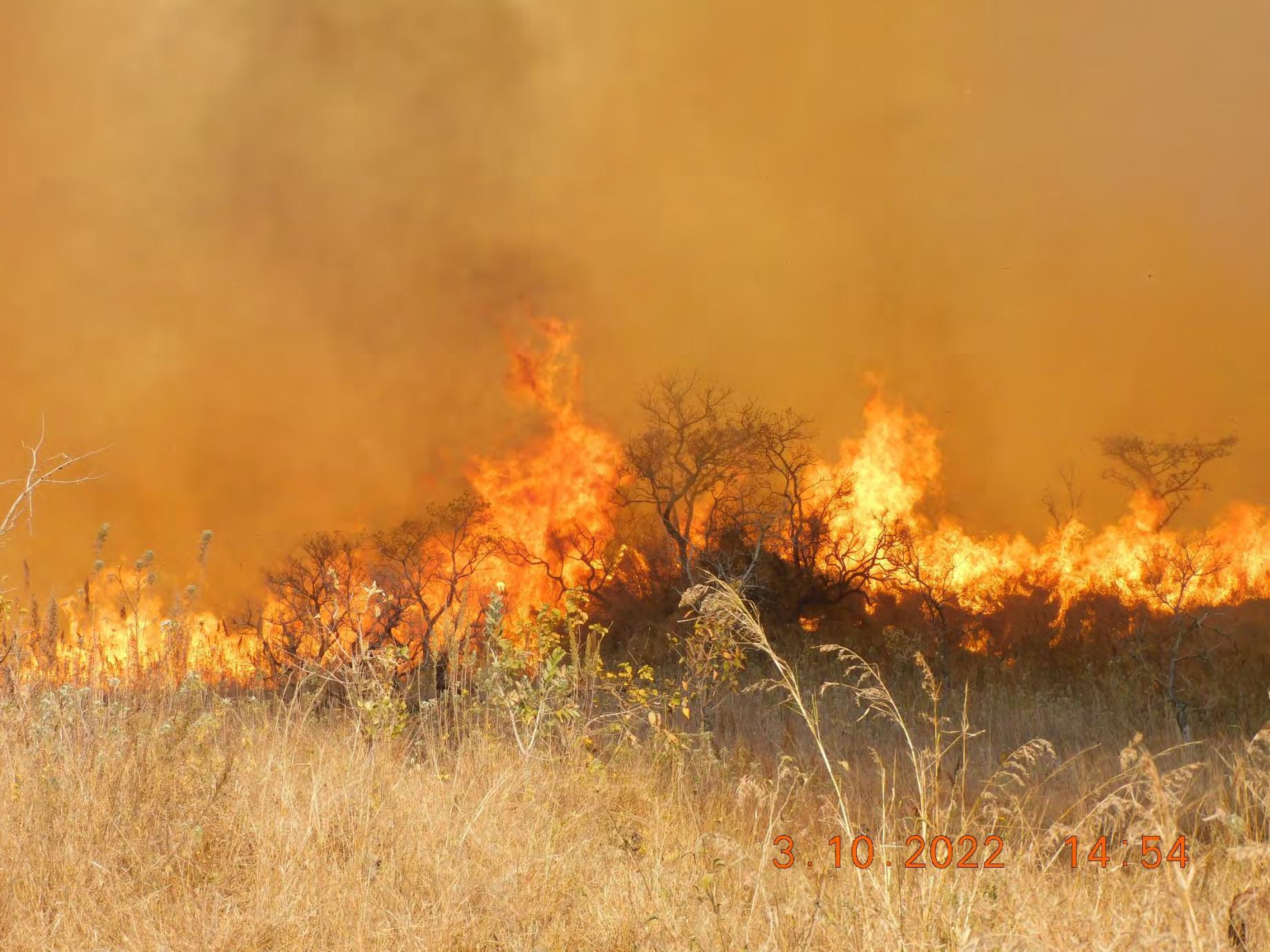
Four elephant carcasses were documented in October during aerial patrols. While not all fresh, all were believed to have died of natural causes, with ivory intact. Despite the terrible conditions, elephant mortality has remained lower than in previous drought years. Unfortunately, other smaller mammals were not as lucky. In the Southern Sector of Tsavo West, dozens of animal carcasses were observed during aerial patrols
With regard to poaching activity, 7 poachers’ harbours were discovered by our pilots during the month and destroyed. Additionally, two suspects were spotted during a routine patrol and pursued by helicopter. Frustratingly, there was nowhere nearby for the helicopter to make a safe landing, and the suspects were able to escape. As a consolation, their contraband was recovered after the chase. Also found during a routine landing on a helicopter patrol were 41 wire snares as well as the footprints of two poaching suspects.

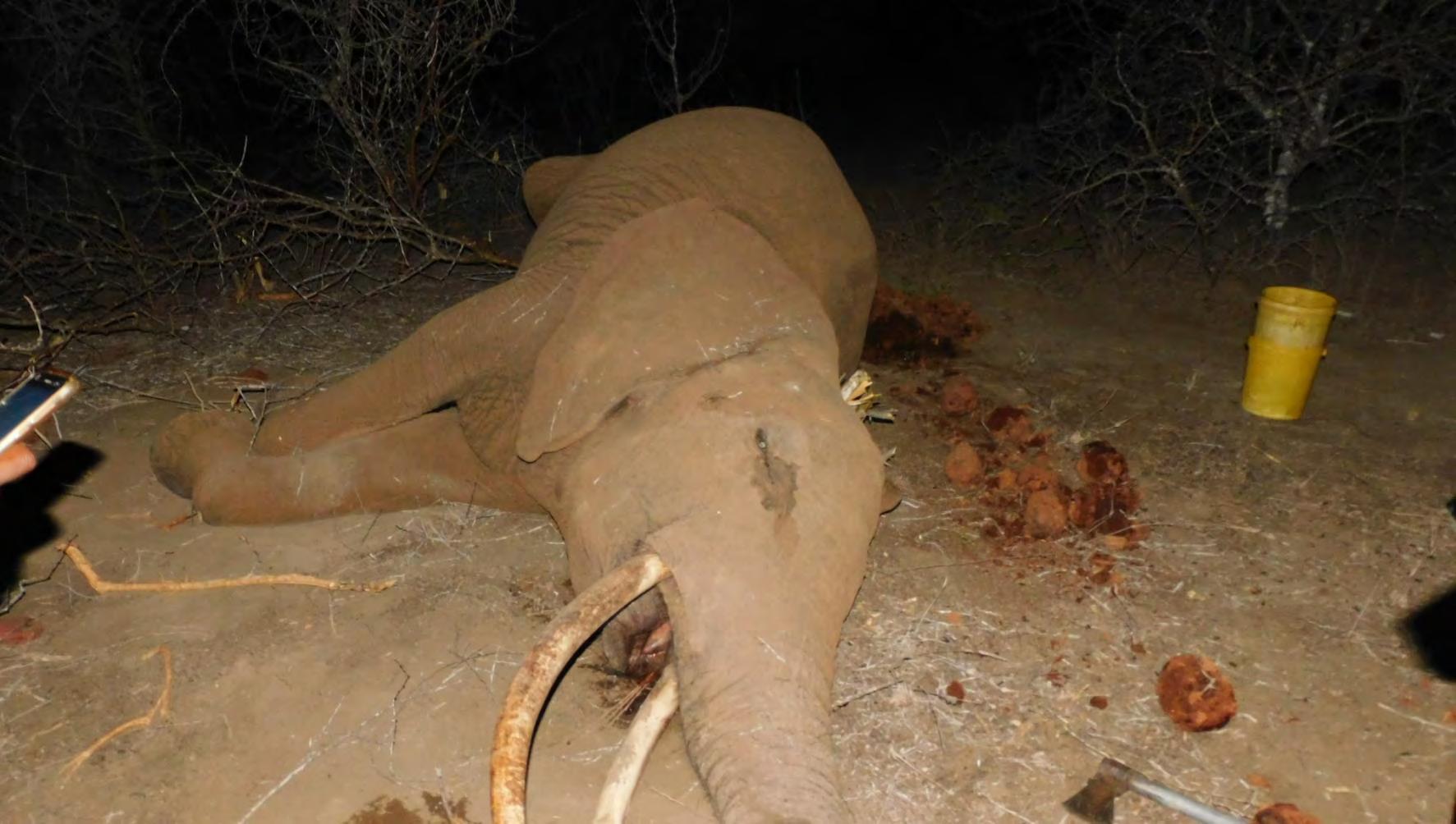
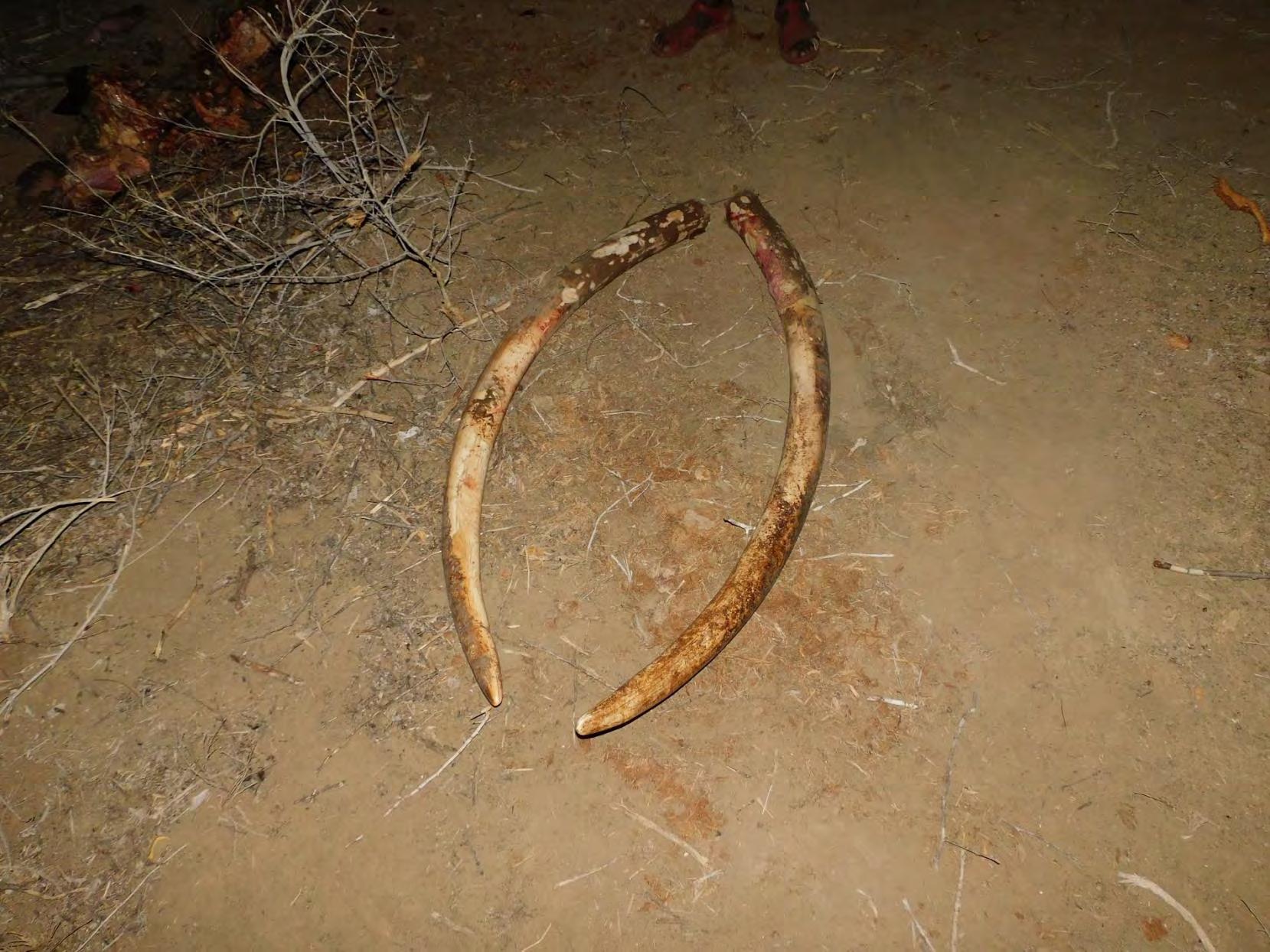
There were some great highlights in October, including a record sighting of rhinos on a single flight in Ngulia Rhino Sanctuary (71 rhinos). But even more exciting than this was the sighting of two rhinos (mother and calf), a good distance outside of the normal range of the remaining Tsavo East rhino population. We are waiting for confirmation of whether these might be two previously unrecorded individuals. Even if not, their presence represents a significant increase in territory. Other significant sightings included a melanistic serval as well as an active lion hunt (two lionesses pursuing a herd of buffalo).



 Photographs copyright © 2022 The David Sheldrick Wildlife Trust
Photographs copyright © 2022 The David Sheldrick Wildlife Trust